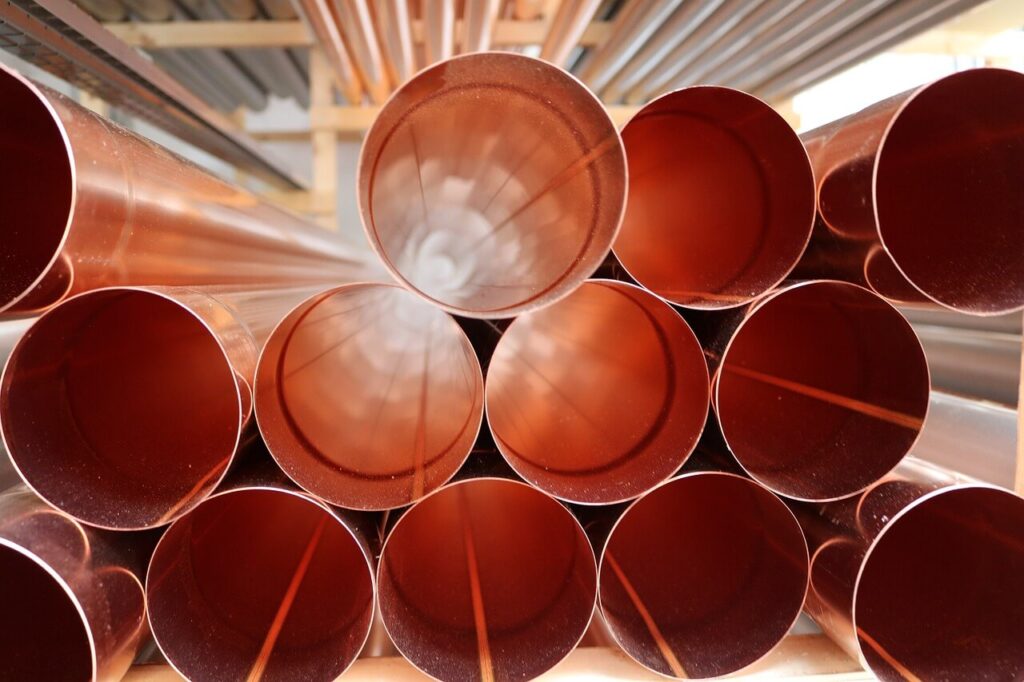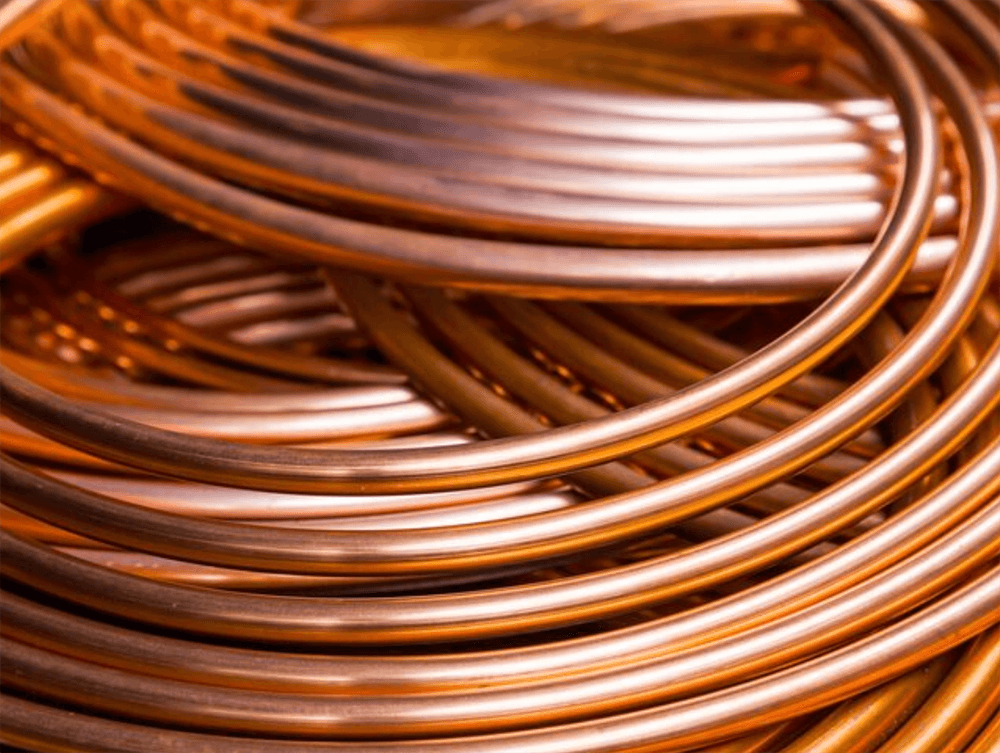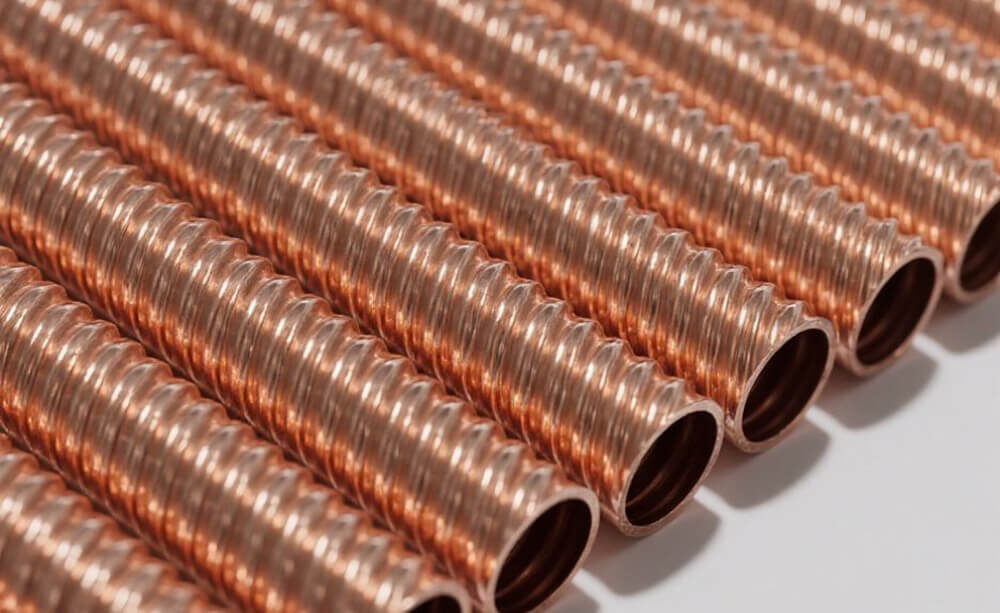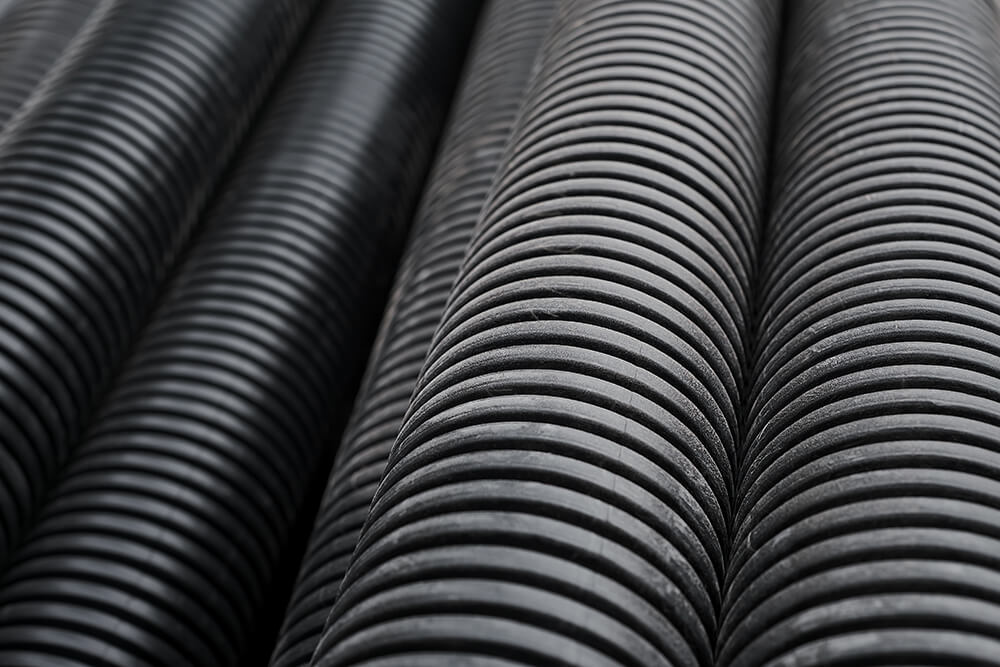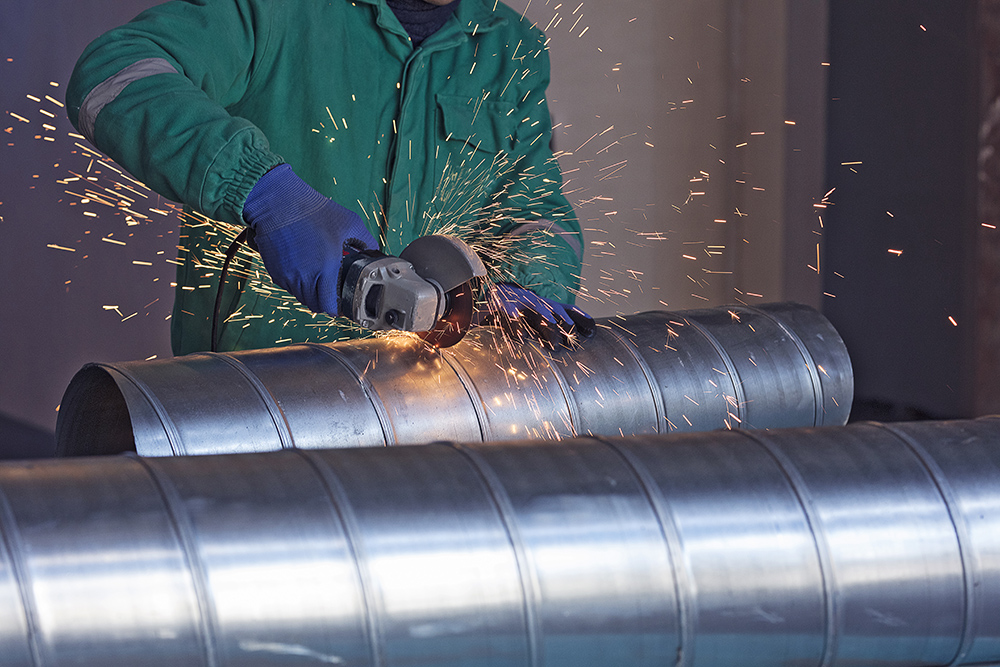When it comes to cookware and industrial vessels, the choice of materials is crucial for performance, durability, and efficiency. Among the many options available, copper-bottomed vessels have stood the test of time, offering a blend of functionality and style. But what makes copper such a favored material for the bottom of vessels? This article explores the key advantages of using a copper bottom in vessels, from heat conductivity to longevity, and provides unique insights to help you make an informed choice.
Using a copper bottom in vessels offers superior heat conductivity, ensuring even heat distribution and faster cooking. This improves efficiency, prevents hot spots, and enhances the overall cooking experience while extending the vessel’s lifespan.
Why Is Copper Used in Vessel Bottoms?
Copper is widely recognized as one of the best materials for thermal conductivity, making it a top choice for applications requiring efficient heat transfer. When used in vessel bottoms, copper delivers a range of benefits that enhance performance in both domestic and industrial settings.
Advantages of Using a Copper Bottom
1. Exceptional Heat Conductivity
Copper is one of the most thermally conductive metals, with a thermal conductivity rating far exceeding that of materials like stainless steel or aluminum.
- Even Heat Distribution: Copper spreads heat evenly across the vessel’s surface, eliminating hot spots that can cause uneven cooking or burning.
- Energy Efficiency: Faster heat transfer means reduced cooking time and energy usage, making copper-bottomed vessels more efficient.
2. Improved Cooking Performance
For home chefs and culinary professionals, precise temperature control is essential. Copper-bottomed cookware allows for quick adjustments, ensuring optimal cooking results:
- Faster Heating: The high conductivity of copper reduces the time it takes for the vessel to reach the desired temperature.
- Consistent Results: Even heat distribution ensures food is cooked thoroughly and uniformly, enhancing flavor and texture.
3. Durability and Longevity
When paired with other durable materials like stainless steel, copper-bottomed vessels offer excellent durability:
- Reduced Warping: The strength of copper prevents warping over time, even under high heat.
- Corrosion Resistance: Copper’s natural resistance to corrosion extends the vessel’s lifespan when properly maintained.
4. Versatility Across Applications
Copper-bottomed vessels are not limited to cookware. They are also widely used in industrial and laboratory settings:
- Industrial Heat Exchangers: Copper’s thermal properties make it ideal for use in vessels requiring rapid heat transfer.
- Distillation Equipment: Its excellent conductivity ensures precise temperature control for chemical processes.
5. Aesthetic Appeal
Copper-bottomed vessels bring a timeless, elegant appearance to kitchens and laboratories alike:
- Polished Finish: The shiny surface adds a touch of sophistication, making copper-bottomed cookware a favorite among professional chefs.
- Decorative Value: Copper’s warm hue enhances the visual appeal of any space.
Common Challenges and How to Address Them
While copper-bottomed vessels offer numerous benefits, they come with a few challenges:
- Cost
Copper is more expensive than other materials like stainless steel or aluminum. However, the long-term durability and energy savings often outweigh the initial investment. - Maintenance Requirements
Copper-bottomed vessels require regular cleaning to maintain their shine and performance:
- Use a mixture of lemon juice and salt or a commercial copper cleaner to remove tarnish.
- Avoid abrasive sponges that can scratch the surface.
- Reactivity
Copper can react with certain foods, such as acidic ingredients. To mitigate this, copper-bottomed vessels are often paired with non-reactive materials like stainless steel for the interior.
When to Use Copper-Bottomed Vessels
- Cookware
- Ideal for tasks requiring precise temperature control, such as making sauces or caramel.
- Perfect for frying and sautéing due to even heat distribution.
- Industrial Applications
- Essential in processes requiring rapid and consistent heat transfer, such as distillation or chemical manufacturing.
- Baking and Pastry
- Copper-bottomed pots and pans excel in tasks like tempering chocolate, where maintaining consistent heat is critical.
How Copper Bottoms Compare to Other Materials
| Feature | Copper Bottom | Aluminum Bottom | Stainless Steel Bottom |
|---|---|---|---|
| Heat Conductivity | Excellent | Very Good | Moderate |
| Durability | High | Moderate | High |
| Weight | Moderate | Light | Heavy |
| Cost | High | Low | Moderate |
| Maintenance | Requires regular cleaning | Low maintenance | Easy maintenance |
Unique Insights: Why Copper Bottoms Are Gaining Popularity
Copper-bottomed vessels are becoming increasingly popular in professional kitchens and industrial settings due to advancements in hybrid designs. Many modern vessels now feature a copper core or bottom layered with stainless steel, combining copper’s thermal conductivity with the durability and non-reactive properties of stainless steel. This innovation provides the best of both worlds, offering superior performance with minimal drawbacks.
Additionally, the growing demand for energy-efficient solutions has boosted interest in copper-bottomed vessels, as they reduce cooking times and energy consumption.
Maintenance Tips for Copper-Bottomed Vessels
- Regular Cleaning: Keep the bottom polished to maintain its thermal efficiency and aesthetic appeal.
- Avoid Overheating: Copper can discolor if exposed to extreme heat for prolonged periods.
- Use Non-Abrasive Cleaners: Preserve the smooth surface by avoiding harsh chemicals or scrubbing pads.
- Store Properly: Protect the copper bottom from scratches by storing vessels separately or using protective layers.
Final Thoughts
Copper-bottomed vessels offer unmatched advantages in terms of heat conductivity, cooking precision, and efficiency.
Whether you’re a professional chef or working in industrial applications, copper-bottomed vessels provide faster and more even heat distribution, improving performance and saving energy. While they require proper maintenance, their durability and efficiency make them a worthwhile investment.
By understanding the benefits and addressing potential challenges, you can fully leverage the advantages of copper-bottomed vessels, ensuring reliable and high-performing results in any setting. Whether in the kitchen or the lab, copper remains a gold standard for those who demand the best.

